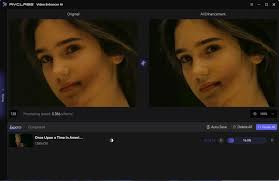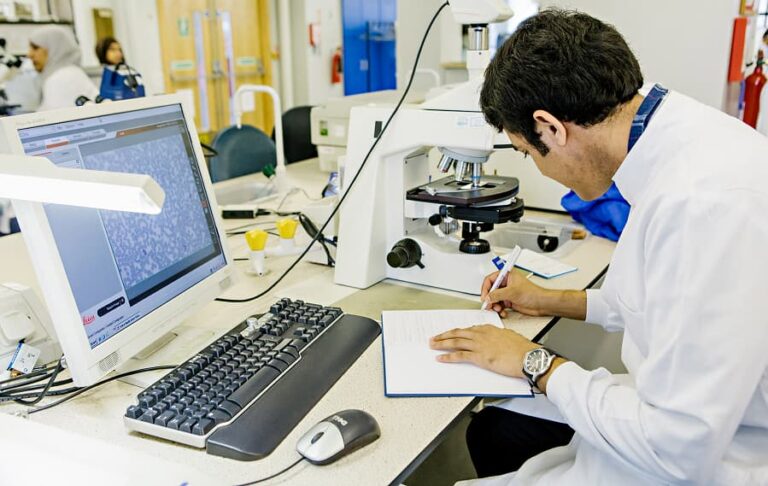Professional Video Enhancement Software: Essential Tools for Investigative Journalism and Image Enhancement

In today’s visually driven world, video content plays a pivotal role in delivering compelling narratives. This is especially true in investigative journalism, where videos and images often serve as critical evidence. To enhance the clarity, accuracy, and overall quality of this visual content, professionals turn to sophisticated video enhancement software. This article explores the top features and benefits of professional video enhancement software, its importance in investigative journalism video analysis, and how image enhancement can transform raw footage into high-quality visual content.
Importance of Video Enhancement Software in Professional Settings
Professional video enhancement software goes beyond basic editing capabilities. It includes advanced features for improving video resolution, stabilizing footage, adjusting colors, removing noise, and clarifying small details that may otherwise go unnoticed. This software is instrumental in fields like forensic analysis, media production, law enforcement, and investigative journalism, where even the slightest details can have significant consequences.
With AI-powered tools, professional video enhancement software can upscale low-resolution footage to high-definition, reconstructing missing pixels for clarity without sacrificing quality. Moreover, some software incorporates machine learning algorithms to enhance specific details or recognize objects and faces, a feature particularly valuable in investigative scenarios.
Video Analysis for Investigative Journalism
Key Features Needed in Investigative Journalism
Investigative journalism often relies on raw footage from sources that might not be ideal in terms of clarity, such as surveillance footage, mobile recordings, or archival clips. Video enhancement software designed for investigative journalism offers tools to address these issues, including:
- Noise Reduction: Reduces graininess or digital noise, common in low-light or compressed videos.
- Frame-by-Frame Analysis: Allows journalists to scrutinize each frame for details, aiding in uncovering key moments or verifying facts.
- Face and Object Recognition: Identifies and isolates specific elements within footage, helping journalists track people or objects throughout a sequence.
- Timestamp Verification and Overlay: Confirms and clarifies when an event occurred, which is critical for validating timelines in an investigation.
Enhancing Credibility with Clearer Visuals
Enhanced footage can provide a more credible story, allowing audiences to see events more clearly. Journalists can strengthen their narratives by delivering footage that is visually accessible and free from distracting distortions. This improved clarity helps ensure that viewers grasp the significance of the visuals, which could otherwise be lost in unclear, blurry footage.
Image Enhancement for Investigative Purposes
Image enhancement, often paired with video enhancement in investigative journalism, is essential for clarifying still frames or photographic evidence. Techniques like color correction, sharpening, noise reduction, and contrast adjustment can make faint or indistinct details more visible, enabling journalists and analysts to derive meaningful insights from images that might initially seem insignificant.
AI-based image enhancement tools can also reconstruct damaged or corrupted images, recovering information that would otherwise be lost. These enhancements can sometimes reveal previously unseen details, making them valuable for analysis in journalistic investigations, especially in cases requiring detailed examination of facial features, vehicle numbers, or environmental details.
Top Professional Video and Image Enhancement Software
- Adobe Premiere Pro and After Effects: Widely used in the industry, these tools provide extensive control over video editing and enhancement. With powerful plugins and effects, they’re highly effective for adjusting color, improving resolution, and enhancing details.
- DaVinci Resolve: Known for its powerful color grading and correction capabilities, DaVinci Resolve is ideal for enhancing visual clarity. It’s favored by both filmmakers and journalists for its depth of features.
- Amped FIVE: A forensic video enhancement tool specifically designed for law enforcement and investigative purposes, Amped FIVE offers detailed enhancement capabilities, including deblurring, noise reduction, and frame-by-frame analysis.
- Topaz Video Enhance AI: Using AI-based upscaling, this software significantly improves the resolution and clarity of low-quality footage, making it invaluable for investigative journalism and forensic analysis.
- Pixlr: For image enhancement, Pixlr offers cloud-based editing that’s accessible and efficient, with tools for refining details, adjusting color, and enhancing clarity. It’s an affordable option for quick image corrections.
Conclusion
Professional video and image enhancement software plays a crucial role in many fields, with investigative journalism being one of the most impactful. From noise reduction to advanced AI-driven upscaling, these tools allow professionals to transform low-quality footage into clear, high-resolution content that supports storytelling and verifies facts. The rise of AI and machine learning in this domain has not only enhanced the quality of video and image outputs but also streamlined processes, making it easier to analyze and utilize visuals in meaningful ways.







